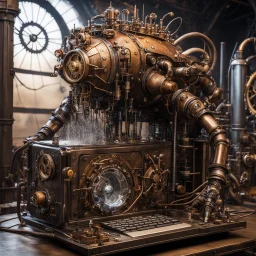
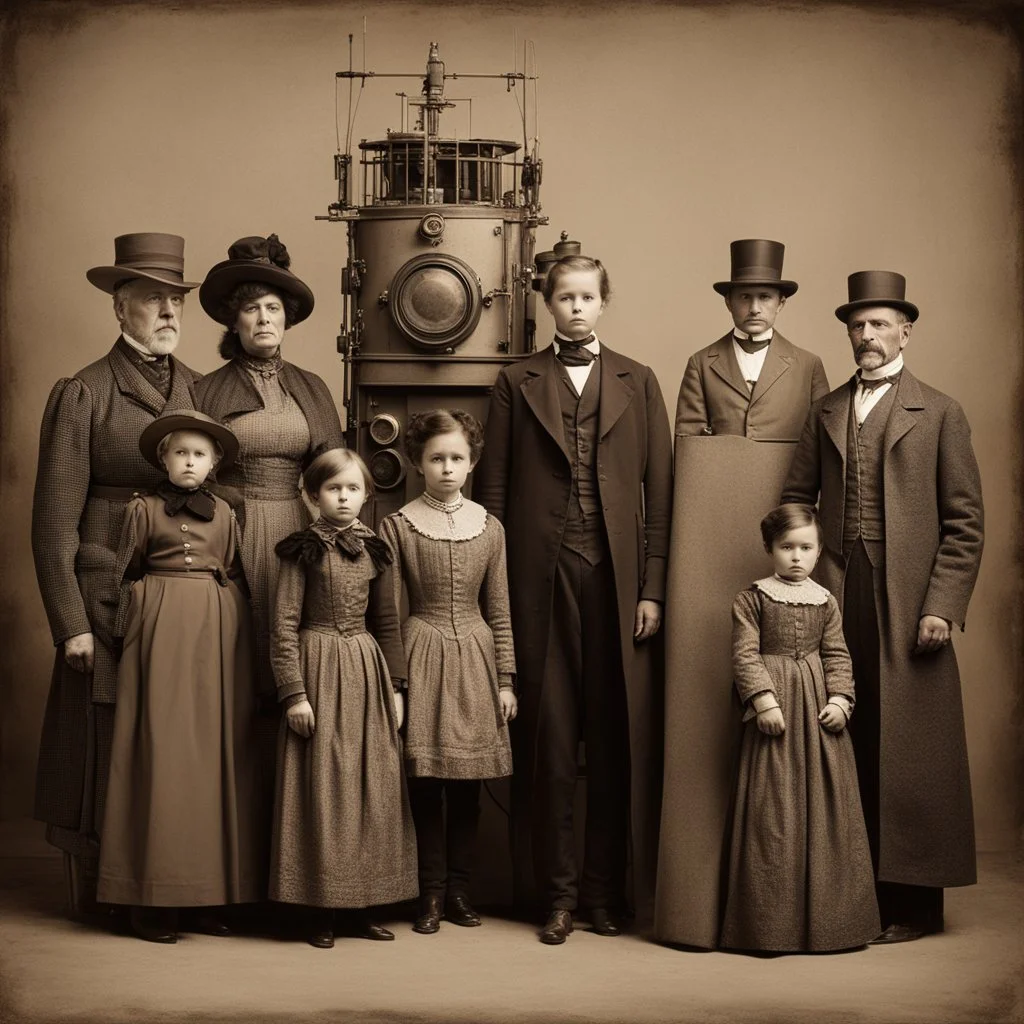
@generalpha
Prompt
In the sepia tones of a bygone era, a Victorian family stands in solemn attire, their faces reflecting the austere demeanor of the times. At the center, an anachronistic figure, a cylindrical automaton with appendages that seem to mock the conventions of human form, stands in stark contrast to its human counterparts. This tableau challenges the viewer, juxtaposing the rigid human portraits with the whimsical inclusion of a mechanical entity, blurring the lines between history and fantasy.
statue, doubles, twins, entangled fingers, Worst Quality, ugly, ugly face, watermarks, undetailed, unrealistic, double limbs, worst hands, worst body, Disfigured, double, twin, dialog, book, multiple fingers, deformed, deformity, ugliness, poorly drawn face, extra_limb, extra limbs, bad hands, wrong hands, poorly drawn hands, messy drawing, cropped head, bad anatomy, lowres, extra digit, fewer digit, worst quality, low quality, jpeg artifacts, watermark, missing fingers, cropped, poorly drawn
2 years ago
Model
SSD-1B
Guidance Scale
7
Dimensions
1024 × 1024
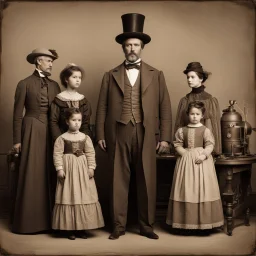
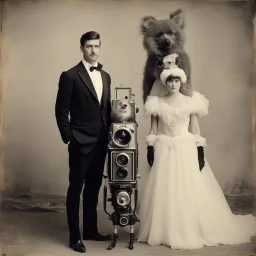
![[photo by Ralph Steadman] Behold the fantastical creation of Professor Blockhead, a steam-powered contraption whirring and clicking with fervor. The eccentric inventor gazes upon his invention with theatrical awe, frozen in perpetual amazement. Copper pipes gleam, brass gears sputter, and steam hisses, adding a mystical air to the scene. In the style of Jules Verne, the spectacle captures the essence of boundless imagination and audacious brilliance. The contraption embodies the chaotic energy o](https://img.stablecog.com/insecure/256w/aHR0cHM6Ly9iLnN0YWJsZWNvZy5jb20vYTVkYTY0ZDQtM2ZhYy00ZTcwLWEzZmQtMDYzNDg2MDY2ODMxLmpwZWc.webp)
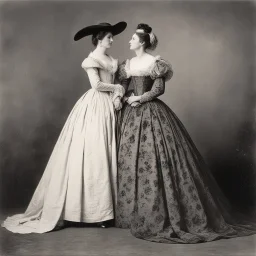
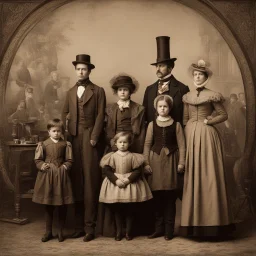
![[photo by Ralph Steadman] Behold the fantastical creation of Professor Blockhead, a steam-powered contraption whirring and clicking with fervor. The eccentric inventor gazes upon his invention with theatrical awe, frozen in perpetual amazement. Copper pipes gleam, brass gears sputter, and steam hisses, adding a mystical air to the scene. In the style of Jules Verne, the spectacle captures the essence of boundless imagination and audacious brilliance. The contraption embodies the chaotic energy o](https://img.stablecog.com/insecure/256w/aHR0cHM6Ly9iLnN0YWJsZWNvZy5jb20vYTEwZWQ4YTAtNWU3OS00OGUwLWI0ZDctZWZmYWNiNGUxY2NiLmpwZWc.webp)
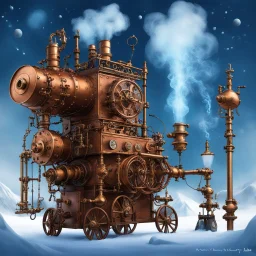
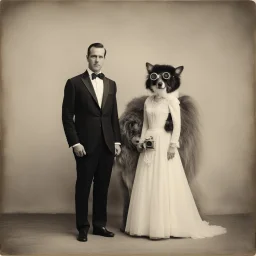
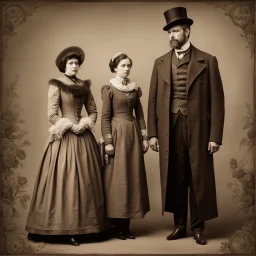
![[photo by by Ralph Steadman ] Behold the fantastical creation of Professor Blockhead, a steam-powered contraption whirring and clicking with fervor. The eccentric inventor gazes upon his invention with theatrical awe, frozen in perpetual amazement. Copper pipes gleam, brass gears sputter, and steam hisses, adding a mystical air to the scene. In the style of Jules Verne, the spectacle captures the essence of boundless imagination and audacious brilliance. The contraption embodies the chaotic ene](https://img.stablecog.com/insecure/256w/aHR0cHM6Ly9iLnN0YWJsZWNvZy5jb20vNmQyN2ZkNzctNTE3YS00OTY1LThmNGQtNjAwZWI5MjJkNTQyLmpwZWc.webp)
![the actor-playwright Laura Keene worked to make theater family friendly. Barnum did this by staging temperance drama, and Keene by bringing the leg show to the middle class. Providing a safe theater (and no bar), Keene staged her play The Seven Sisters like a Romantic ballet, writes Buszek. The 1860 production incorporated the “short-petticoated corps de ballet into [a] narrative about a daughter of the god Pluto who visits contemporary New York City and falls in love with a young playwright.”](https://img.stablecog.com/insecure/256w/aHR0cHM6Ly9iLnN0YWJsZWNvZy5jb20vYjYxMjM1MmYtMDU1Yi00ZDk3LTg4NTYtZDNlMjljN2I0M2MzLmpwZWc.webp)
